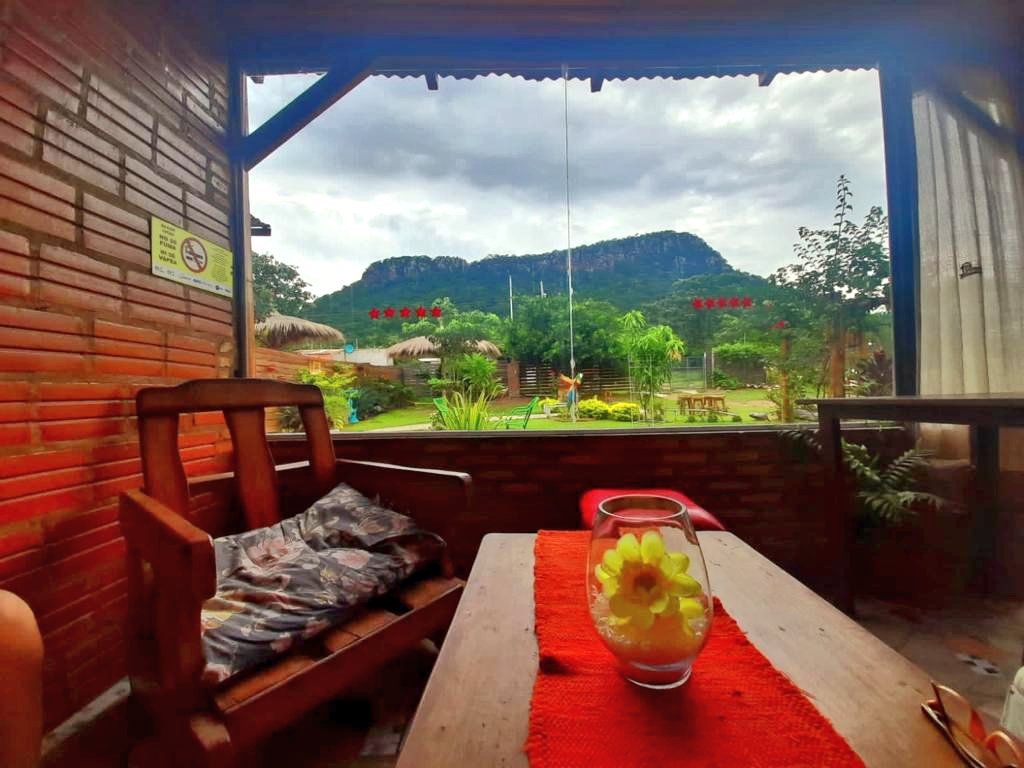The Mucuchíes frog, a small amphibian that lives in a small area of the Venezuelan Andes, hopes to save itself from extinction with a laboratory reproduction project.
Few specimens remain of the Aromobates zippeli, an endemic species of the montane dry forest in the Mucuchíes region, Mérida state (west), diminished by the destruction of its habitat, herpetologist Enrique La Marca, from the Species Rescue Center, explains to AFP. Venezuelan Amphibians (REVA).
La Marca, together with Reinhold Martínez and Janina Puente, heads a program that began in 2018, with the creation of the REVA, which includes field research, captive reproduction and reintroduction to nature.
The name of this frog, discovered by La Marca in 1985, is a tribute to the American scientist Kevin Zippel, from the conservation organization Amphibian AArk.
“An important problem that affects the remaining populations of frogs in the region is the abusive extraction of water from the lagoons of the páramo, which causes the aquifers to decrease,” observes La Marca.
“We have detected that there are streams that have dried up and springs that have significantly decreased in amount of water. All this has a negative impact on organisms that are directly associated with water,” he adds.
The red list of the International Union for Conservation of Nature (IUCN) places this frog in the category of “critical danger”.
This category “is the step that precedes the extinction of the species,” emphasizes La Marca, which is part of the IUCN group of amphibian specialists.
Although he indicates that it is “practically impossible” to know the exact number, it is estimated that there are about 200 specimens in the wild and in “captivity we have about 20”.
captive breeding
Little is known about the habits of this frog, which measures just under two centimeters and is distinguished by shades of brown and copper, as well as small white dots on its sides.
“We didn’t know what it fed on, how it reproduced, we improvised and learned as we went”, highlights La Marca, considering it a milestone in amphibian conservation.
Thanks to these advances, “we have been successful in reproducing in captivity this species that is in danger of extinction and maintaining this repopulation program” from 10 pairs that have procreated about 100 specimens.
The young are released in places where populations of this species have been sighted, which usually hides under stones on the banks of rivers.
The release of specimens occurs approximately one year after completing its metamorphosis from a tadpole to a four-legged frog.
“When we managed to get the Mucuchíes frog to reproduce, it was very exciting because it was the first time that a cloud forest species had produced offspring in the breeding center,” says La Marca.
Breeding is done in disinfected containers where the habitat of this frog that lays its eggs on dry leaves is recreated.
To fertilize the eggs, “the participation of both sexes is necessary. The male, climbing and embracing the back of the female, is responsible for fertilizing the eggs that the female lays, through the release of the sperm that will fertilize them” .
The care of the eggs falls on the males.
a pest regulator
The Mucuchíes frog “is a component of a very complex ecological fabric that existed when the dry forest existed” in its fullness, indicates the expert.
“They are predators of insects, of invertebrates, which are pests for humans such as mosquitoes and other vectors that transmit diseases. They are also food sources for other species,” he adds.
Its decline is a sign that “the dry forest is stopping working due to all the interventions we have made to it,” laments La Marca, concerned about deforestation.
But not everything is bad news, because with the birth of the first Mucuchíes frogs in captivity, the chances of survival for this amphibian are renewed.
Due to the “high risk of disappearance of the species in its natural environment”, the goal is to support its assisted reproduction as much as possible, since “most of the populations disappeared in the entire region between fifteen and twenty-five years ago”.
Once released, “the greatest challenge is for them to survive in the new natural conditions they are going to face,” he says.
For this reason, “the greatest joy comes in itself when in subsequent monitoring we notice that there are more songs in the place, an indication that they are reproducing.”



